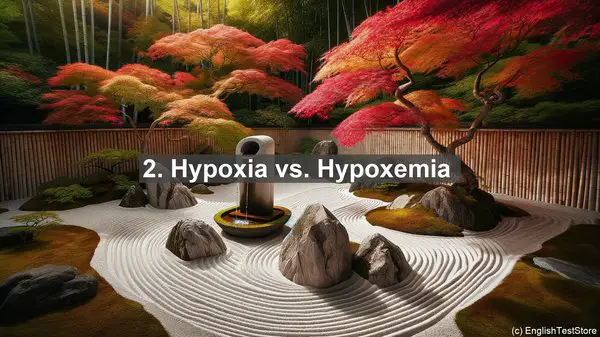Introduction
Welcome to today’s lesson on the top 10 commonly confused words in Intensive Care Medicine. As medical professionals, precise communication is of utmost importance, and mastering these distinctions will help us avoid any misunderstandings or errors. So, let’s dive right in!

1. Coma vs. Vegetative State
While both refer to states of altered consciousness, a coma is a profound state of unresponsiveness, while a vegetative state involves wakefulness without awareness. It’s crucial to differentiate between the two when discussing a patient’s prognosis or treatment options.
2. Hypoxia vs. Hypoxemia
Hypoxia refers to a deficiency of oxygen in the tissues, whereas hypoxemia is a low oxygen level in the blood. Understanding this distinction helps in identifying the underlying cause and choosing the appropriate intervention.
3. Sepsis vs. Septic Shock
Sepsis is a systemic response to infection, while septic shock is a severe form of sepsis characterized by low blood pressure and organ dysfunction. Recognizing the signs of septic shock is crucial for timely intervention.
4. Bradycardia vs. Asystole
Bradycardia is a slow heart rate, whereas asystole is the absence of any cardiac activity. While both are serious, asystole requires immediate resuscitation efforts, while bradycardia may have different management options.
5. Ischemia vs. Infarction
Ischemia refers to inadequate blood supply to an organ or tissue, while infarction is the irreversible death of that tissue due to prolonged ischemia. Recognizing these terms helps in determining the urgency of intervention.

6. Hypernatremia vs. Hyponatremia
Hypernatremia is an elevated sodium level in the blood, while hyponatremia is a low sodium level. Both imbalances can have significant consequences and require appropriate management.
7. Tachypnea vs. Hyperpnea
Tachypnea is rapid breathing, often seen in conditions like respiratory distress, while hyperpnea refers to increased depth of breathing, as seen in metabolic acidosis. Recognizing these patterns aids in diagnosis.
8. Thrombosis vs. Embolism
Thrombosis is the formation of a blood clot within a blood vessel, while embolism is the obstruction of a vessel by a clot or other material that has traveled from another site. Understanding these terms helps in determining the appropriate treatment.
9. Anuria vs. Oliguria
Anuria is the absence of urine production, while oliguria is decreased urine output. Both can indicate kidney dysfunction, but anuria is more severe and requires immediate attention.
10. Etiology vs. Pathogenesis
Etiology refers to the cause or origin of a disease, while pathogenesis is the mechanism by which the disease develops and progresses. Understanding these terms aids in both diagnosis and treatment planning.
